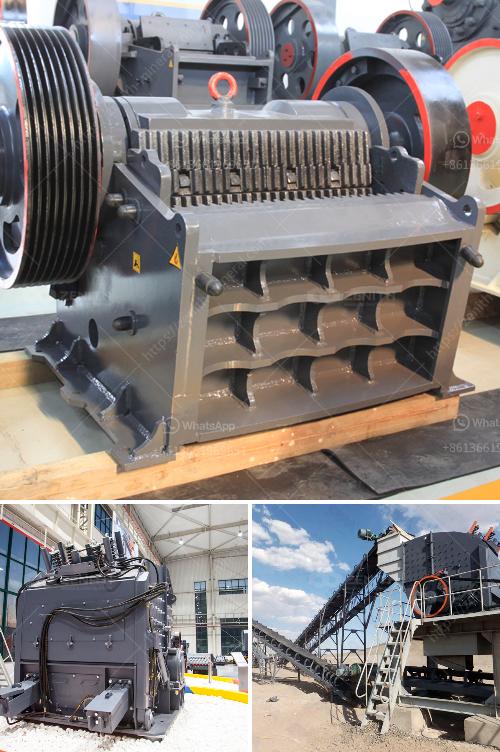Removing the roller from a vertical roller mill is a complex process that should be carried out by trained personnel with proper understanding of the equipment. Here are general guidelines you might find useful:
-
Safety First:
- Ensure the mill is shut down and locked out/tagged out (LOTO) as per standard operating procedures.
- Wear appropriate personal protective equipment (PPE) such as gloves, safety glasses, and helmets.
-
Prepare for Removal:
- Consult the vertical roller mill's maintenance manual for specific instructions related to your model.
- Gather all tools and equipment needed for the task, including lifting devices, wrenches, and other specialized tools.
-
Access the Roller:
- Open mill access doors or panels to reach the roller compartment.
- Remove any obstructions or secondary parts that might be in the way.
-
Disassemble Components:
- Disconnect any hydraulic lines, electrical connections, and other linkages attached to the roller assembly.
- Unbolt any retaining bolts or screws holding the roller in place.
-
Use Lifting Equipment:
- Attach the lifting device (crane, hoist, etc.) securely to the roller.
- Carefully lift and remove the roller from the mill housing, following proper rigging techniques to avoid damage.
-
Inspect and Clean:
- Once removed, inspect the roller for wear and tear, and clean it thoroughly if it’s going to be reused.
-
Reverse the Steps for Reinstallation:
- If you are replacing the roller, position the new roller using the lifting device and reverse the disassembly steps to install it.
- Ensure all connections are secure and double-check for any potential issues.
-
Test the Mill:
- After reassembling, remove all tools and re-engage any safety interlocks.
- Power up the mill and run a test to ensure proper operation.
Consulting with your equipment’s manufacturer or a professional technician is highly recommended for conducting such maintenance safely and effectively.


